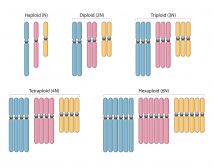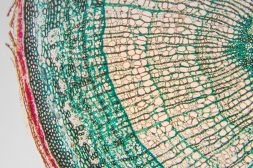Hiv –>
<a href="https://www.biologyonline.com/dictionary/human-Immunodeficiency“>virus
(Science: virology) a type of retrovirus (<a href="https://www.biologyonline.com/dictionary/human-Immunodeficiency“>virus) that is responsible for the fatal illness <a href="https://www.biologyonline.com/dictionary/acquired-Immunodeficiency“>syndrome. Two strains have been identified.
type 1: the retrovirus recognised as the agent that induces aids.
type 2: a virus closely related to hiv-1 that also leads to immune suppression. Hiv-2 is not as virulent as hiv-1 and is epidemic only in west Africa.
Acronym: hiv
infection by the human immunideficiency virus.The virus that causes <a href="https://www.biologyonline.com/dictionary/acquired-Immune”>deficiency Syndrome (aids); it replicates in and kills the helper t cells.See <a href="https://www.biologyonline.com/dictionary/human-Immunodeficiency“>virus.
Dictionary > Hiv
You will also like...

Circulation
The circulatory system is key to the transport of vital biomolecules and nutrients throughout the body. Learn about the ..

Growth and Plant Hormones
Plants, like animals, produce hormones to regulate plant activities, including growth. They need these hormones to respo..

Mammalian Ancestors
Mammals are a diverse group of organisms, where most of them develop their offspring within the uterus of the mother. Ov..

Abiotic Factors – Water Conditions
A still body of water may be disturbed by a variety of factors. One of them is wind. In fact, it is considered as the pr..

Polyploidy
Humans are diploid creatures. This means that for every chromosome in the body, there is another one to match it. Howeve..

Plant Tissues
Plant organs are comprised of tissues working together for a common function. The different types of plant tissues are m..

